Prefabricated Homes vs Traditional Homes

Prefabricated Homes vs Traditional Homes
When choosing your dream home, a critical decision is whether to go with prefabricated or traditional homes. Every choice has its unique benefits and difficulties, ranging from construction techniques to financial constraints. This comprehensive guide will examine the key differences between the two so you can make an informed decision based on your long-term preferences, financial needs, and lifestyle.
Difference between Prefabricated Homes and Traditional Homes
In this comparison, we will cover both modular homes and traditional homes. Knowing the difference between the two is very important because, from construction methodology to cost, an individual can gain enough knowledge to make a wise decision on which is the best option for his or her needs and preferences.
Construction Methods
The main difference between prefabricated homes and traditional homes is in how they are built.
Prefabricated Homes: Modular homes, also referred to as prefab homes, are assembled in a factory. At the construction site, the sections are assembled quickly after being transported there. With this controlled environment, there is less risk of weather-related delays and material damage. Customisation is possible for prefabricated homes, which are built using standard designs. Portable house builders in India complete construction much faster than traditional builders, often finishing projects in weeks instead of months.
Traditional Homes: On-site construction of traditional homes involves building them brick by brick. The process begins with the foundation and continues with the framing, roofing, plumbing, and finishing. Although this method offers more design flexibility, weather can have a big influence on it and possibly cause delays. Traditional home construction can take several months or longer, depending on the complexity and climate.
Cost and Budget
When deciding between traditional and prefabricated homes, cost is another important consideration.
Prefabricated Homes: Prefab homes have the major benefit of being incredibly affordable. Through factory-controlled construction, costs are decreased by reducing labour and material waste. Prefab homes enjoy the advantage of reduced labour hours and overhead costs due to their shorter construction times. Homeowners can potentially reduce interim housing costs, as the home can be built and prepared for occupancy at a faster rate.
Traditional Homes: Building a traditional home can become more expensive due to on-site labour, materials, and unforeseen weather delays. Traditional homes, with their personalised features, can become more expensive due to design alterations, architectural services, and the use of high-quality materials. When considering traditional homes, one must take into account the longer timeline and the potential for cost overruns, despite the more personalised experience they offer.
Design Flexibility
The construction method determines the amount of design freedom in both prefabricated and traditional homes.
Prefabricated Homes: Even though prefabricated homes are based on standard designs, they provide many options for customisation. There are several floor plans, finishes, and even the possibility to upgrade to more personalised features for homebuyers to choose from. If you’re looking for a more unique layout, some manufacturers provide custom-designed modules. The ability to customise could be constrained by the available structural components.
Traditional Homes: When it comes to design, traditional homes offer more flexibility. Homebuyers can create a home that truly mirrors their vision, from architectural styles to layout modifications. Although flexibility is a major benefit, collaborating with architects and contractors for a custom home can be pricier and more time-consuming.
Durability and Quality
When deciding between prefabricated homes and traditional homes, durability should be a key factor to consider.
Prefabricated Homes: The factory-building process for prefab homes involves strict quality checks. It guarantees consistency, accuracy, and adherence to construction regulations. The houses are designed to endure transportation, requiring them to meet high standards. Because of the increased scrutiny, prefabricated structures can often be more resilient than traditional homes.
Traditional Homes: The builder, materials, and on-site crew expertise are crucial factors in determining the quality of traditional homes. Although traditional homes can match the durability of prefabricated ones, there is more room for variability. Construction quality can vary due to weather conditions and human error.
Useful link: Building Materials Used for Modular Construction
Timeline and Convenience
The practicality of prefabricated homes vs traditional homes depends heavily on construction speed.
Prefabricated Homes: Prefab homes are famous for being quickly constructed. The building process is not impacted by weather because it occurs mainly in a factory. Homeowners can move in within weeks of starting construction, thanks to the fast assembly process once the modules arrive. Prefab homes are appealing to those seeking a fast transition into their new home while minimising disruption.
Traditional Homes: The duration of building traditional houses can differ based on design complexity and external factors. On-site construction delays can be caused by bad weather, a lack of labour, or a shortage of materials. As a result, building a traditional house could take several months, and sometimes even longer. This extended timeline might be difficult for homeowners with hectic schedules.
Energy Efficiency
Prefab homes often outshine traditional homes in sustainability, although both can be energy-efficient.
Prefabricated Homes: Because of the factory-controlled environment, prefab homes are made to be as energy-efficient as possible and to waste as little material as possible. Since prefab homes are well-insulated and usually use environmentally friendly materials, homeowners can expect to spend less on energy. Furthermore, because prefab homes are built using contemporary techniques, they usually feature eco-friendly features like solar panels, energy-efficient windows, and sophisticated HVAC systems.
Traditional Homes: Energy efficiency in traditional homes varies based on materials and the builder’s focus on energy-saving features. Green building practices can be adopted by homeowners, but this may result in higher costs. Moreover, energy-efficient upgrades in traditional homes offer more customisation options, depending on budget limitations.
Useful link: Why Are Modular Houses Worth the Money
Why Choose Pressmach?
When it comes to comparing prefabricated homes and traditional homes, it is evident that each has its own benefits. Prefabricated homes are a wise option for modern home buyers because they provide speed, affordability, and energy efficiency. Those seeking a personalised experience may find traditional homes appealing due to their flexibility, customisation options, and timeless building process.
Pressmach is a prefabricated building manufacturer in India and a top provider of durable and high-quality prefab home solutions, leading the way in prefab home innovation. With Pressmach, homeowners can expect an efficient and environmentally friendly building process that will save them money and time while still producing high-quality results. Pressmach offers customisable options to meet the unique needs and preferences of each home.
When you choose a Pressmach prefab home, you’re selecting a modern, sustainable, and durable solution. Pressmach’s prefab homes are designed to withstand various climates and are made with eco-friendly materials, making them a durable and sustainable choice for urban or remote locations.
For the best prefabricated construction needs, Contact Pressmach.
Your Requirements
Related
Blogs


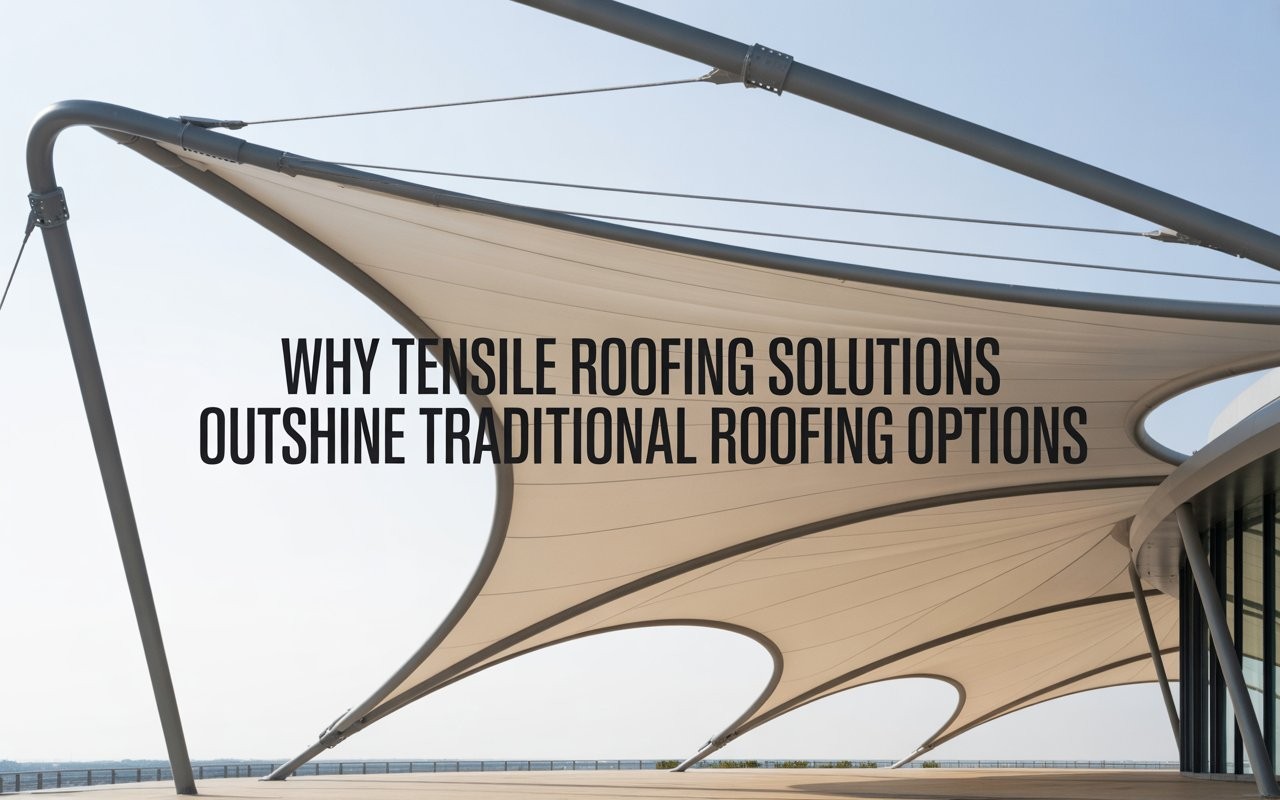
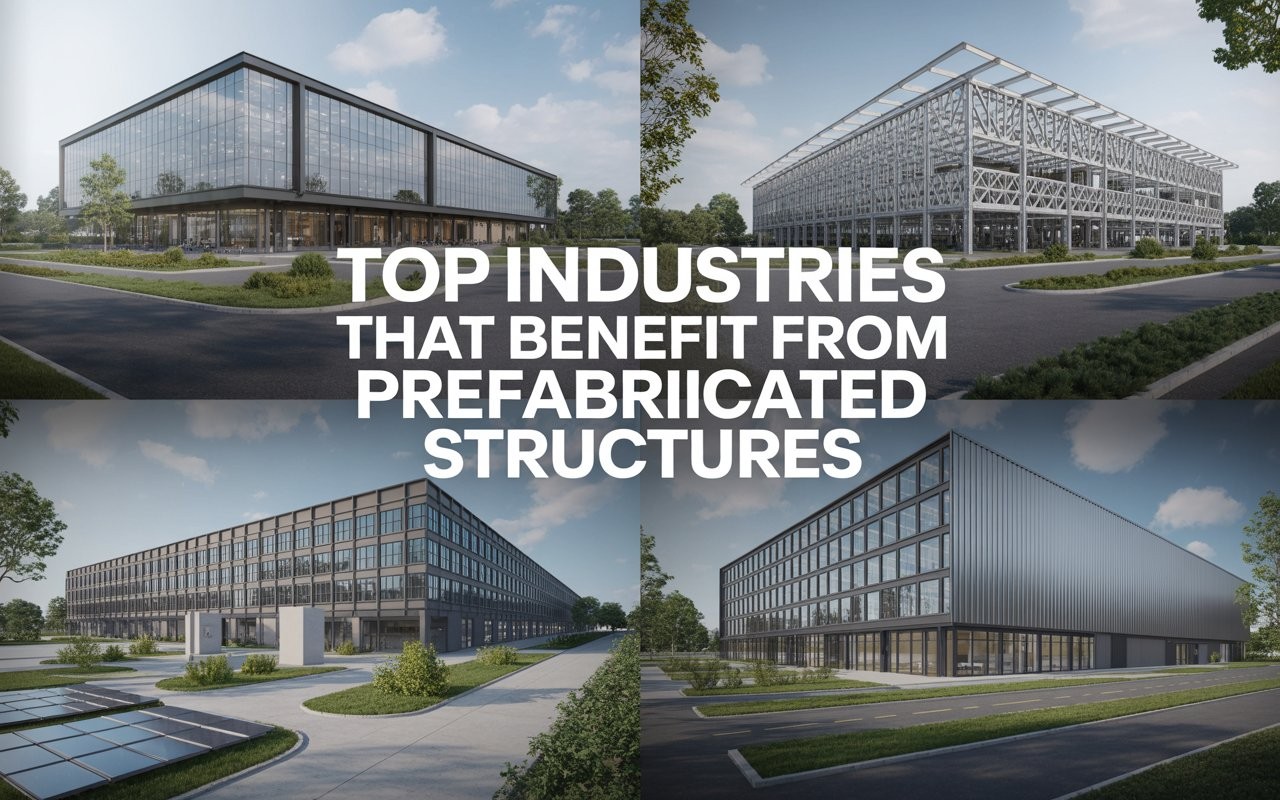
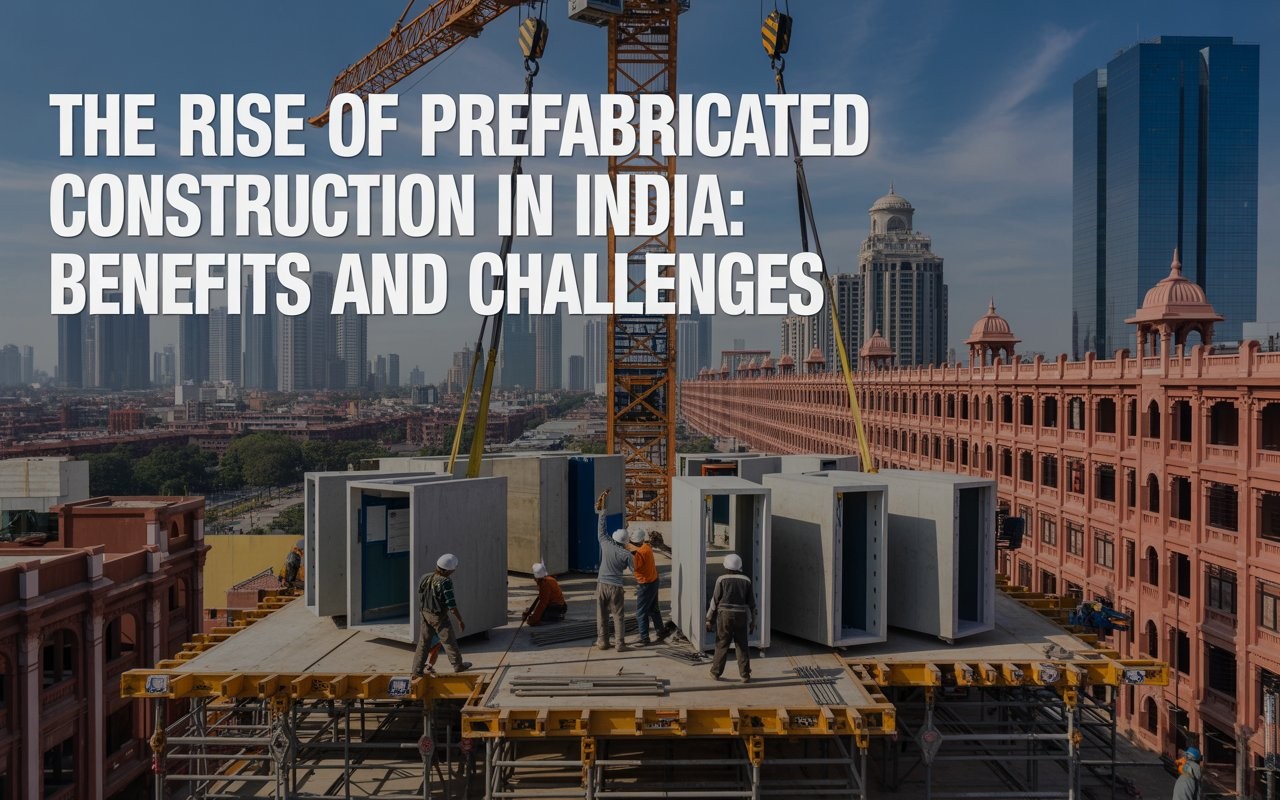
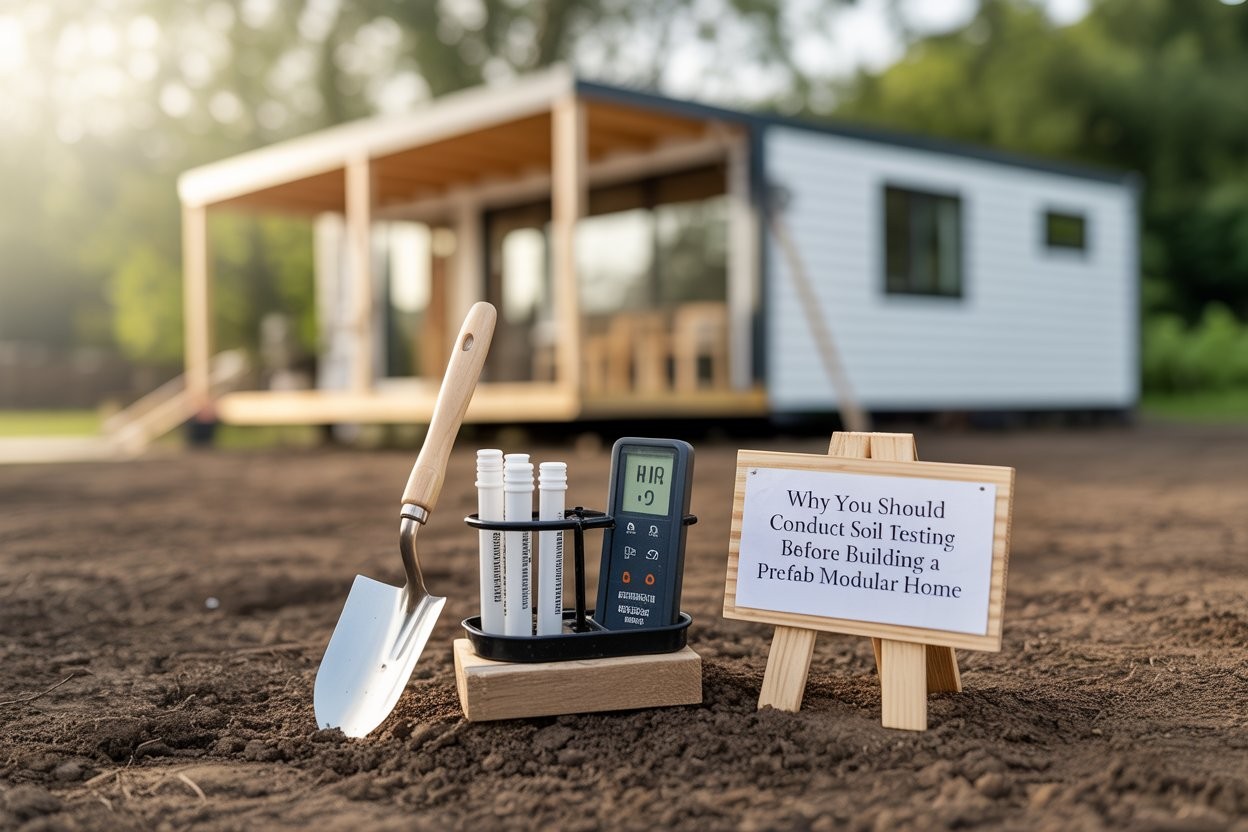
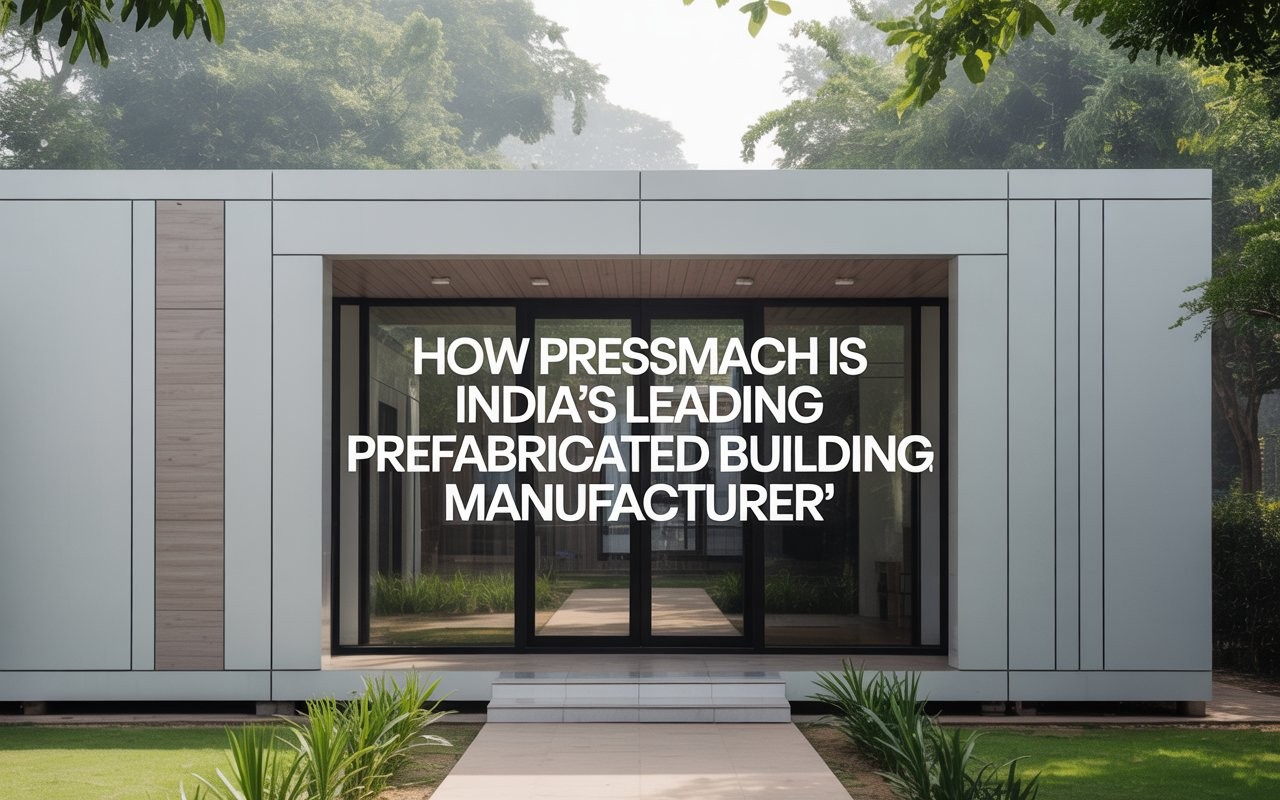
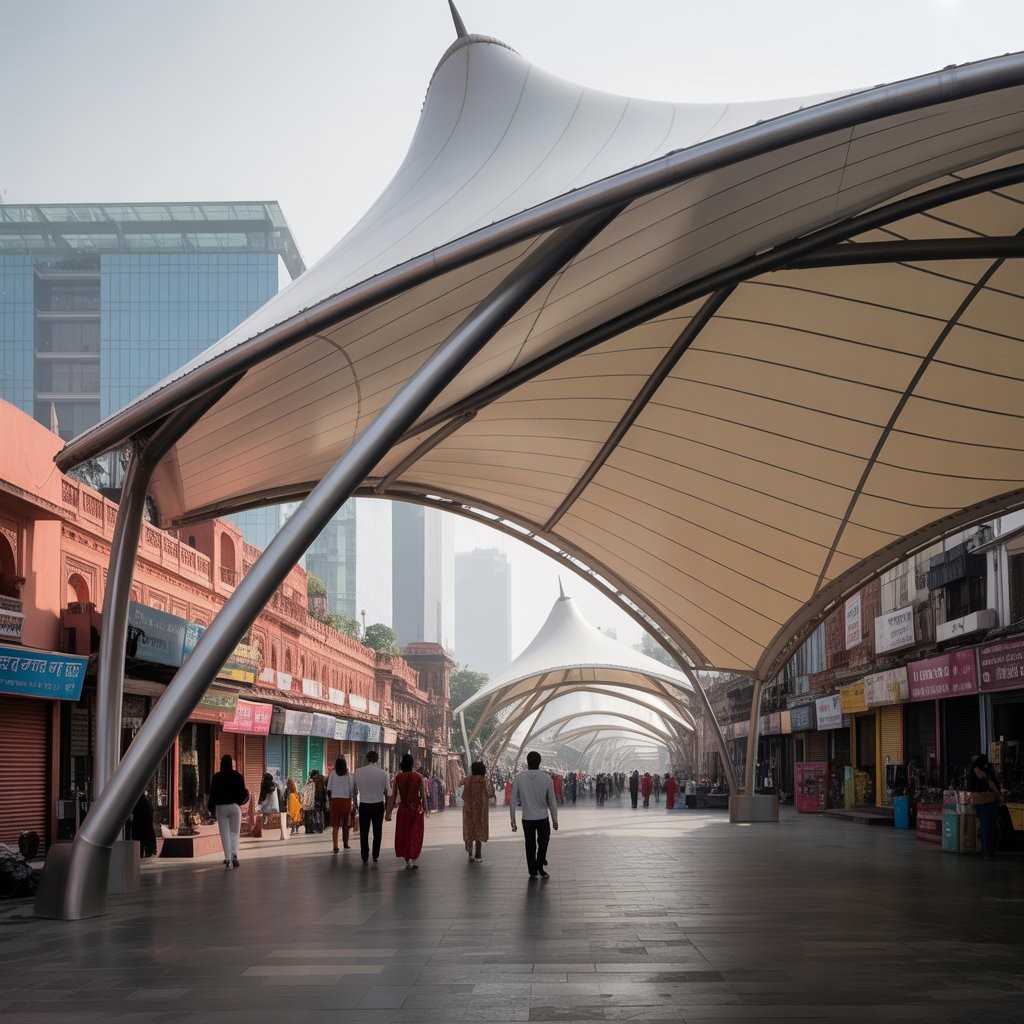
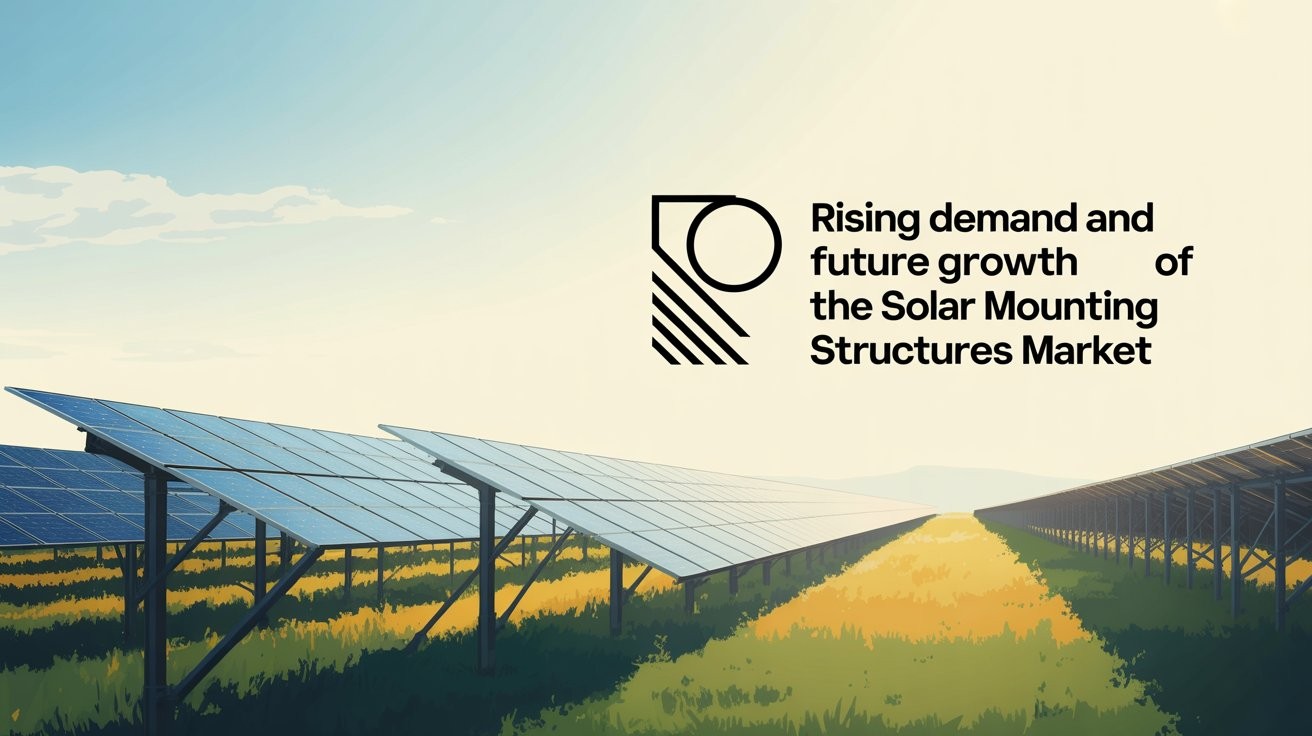
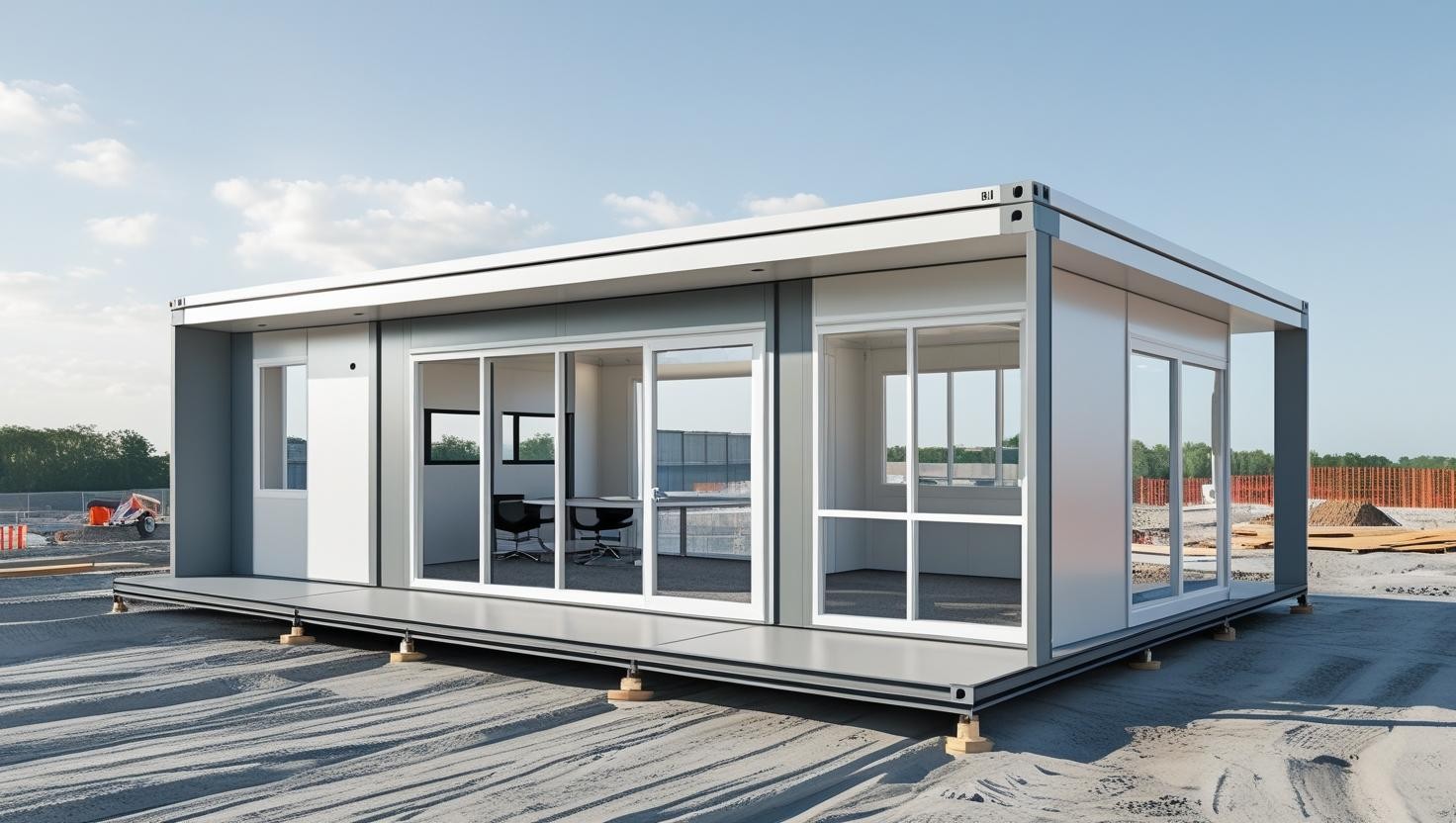
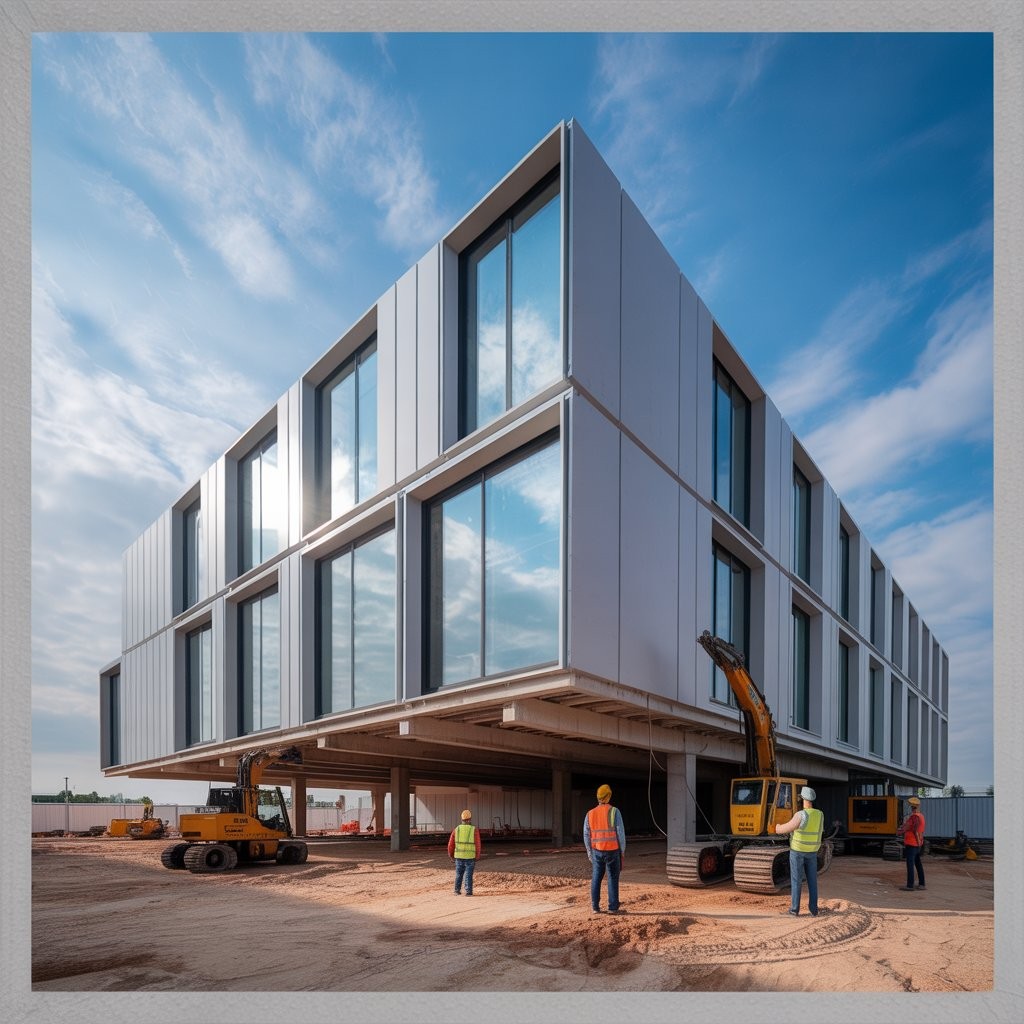










6790c3d8f29a2.jpeg)
























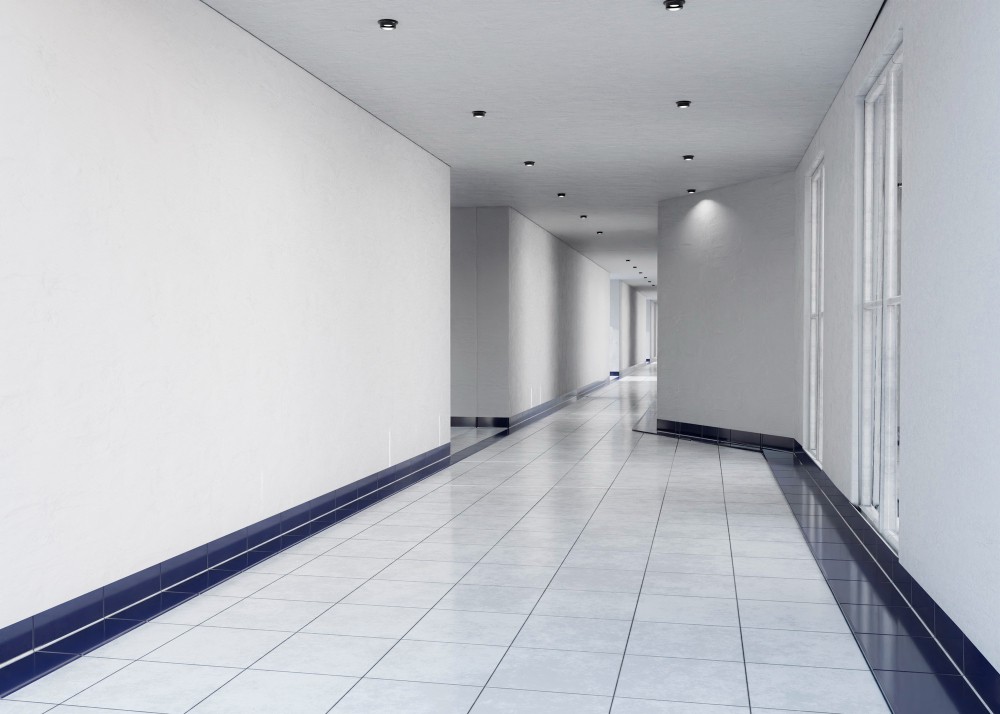
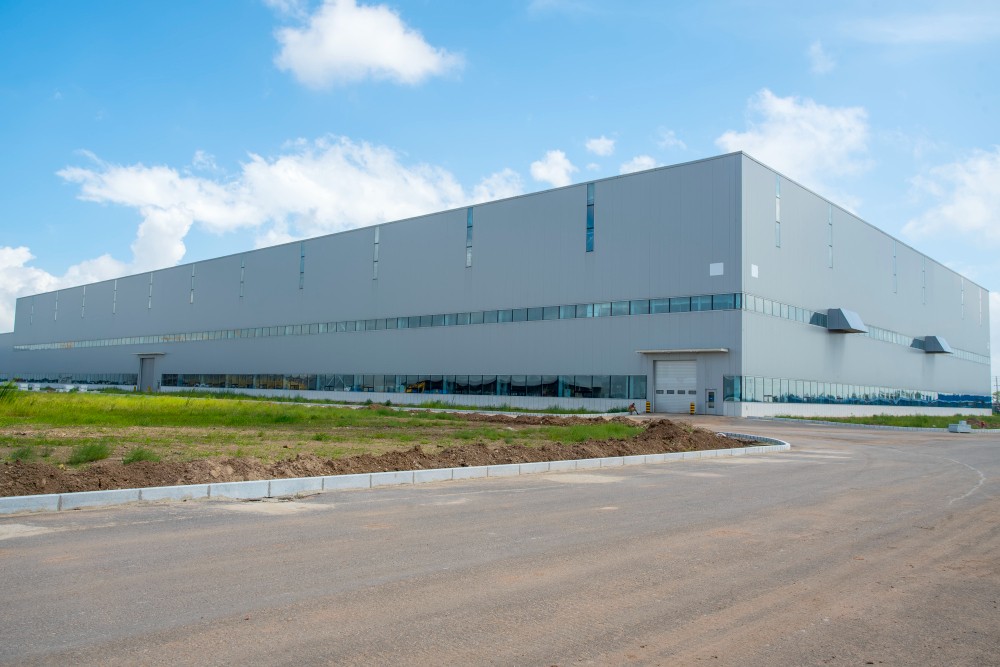

65cf4d38697f9.webp)
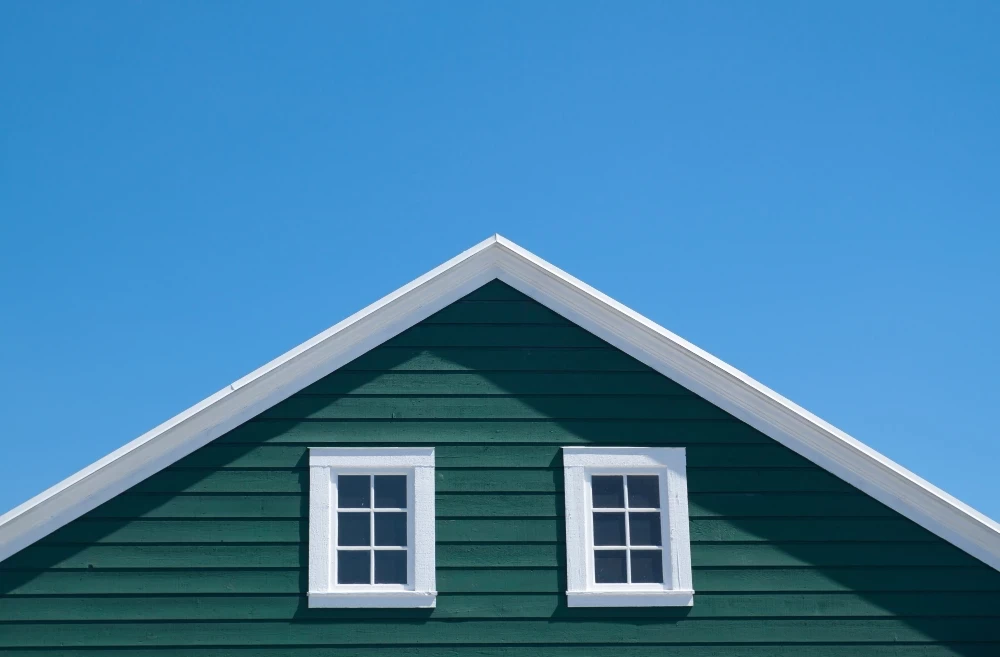
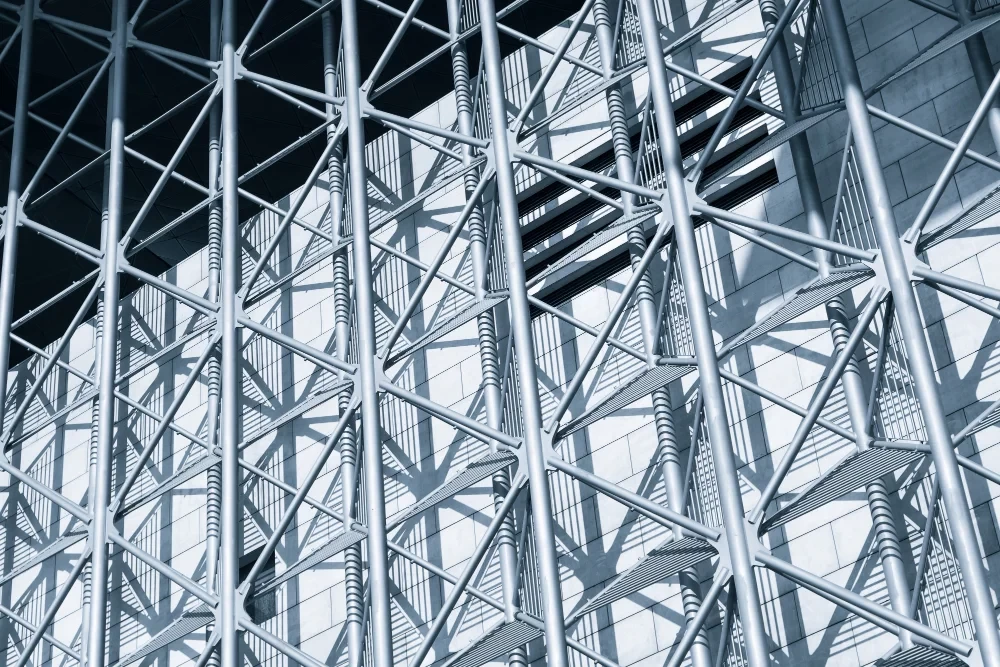
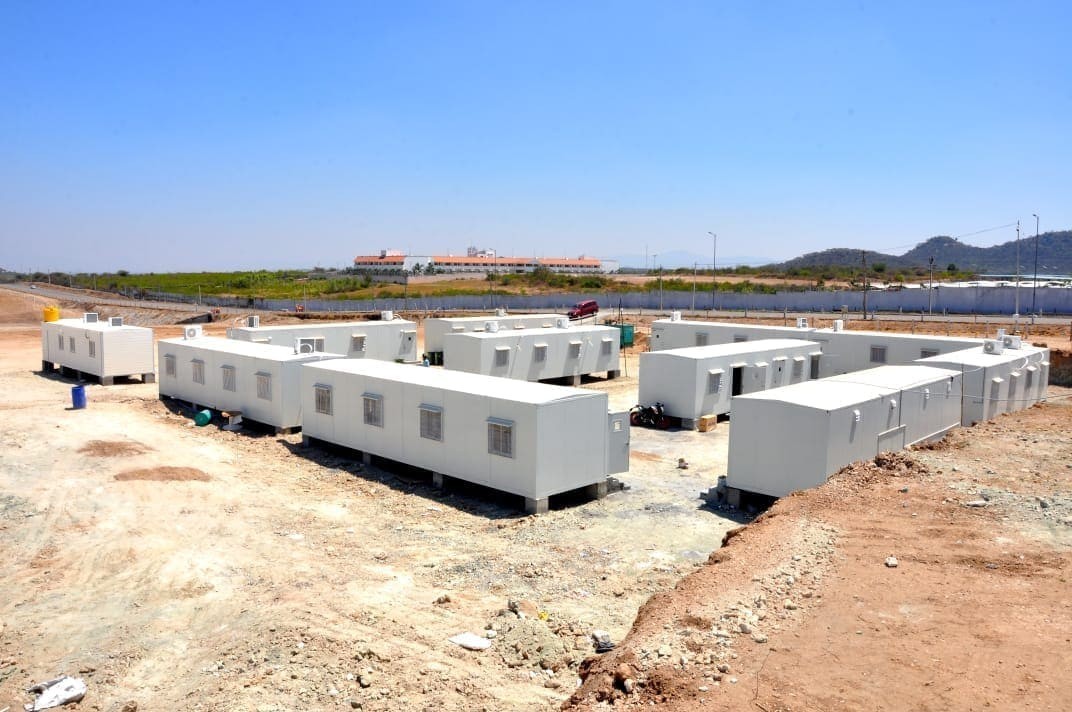
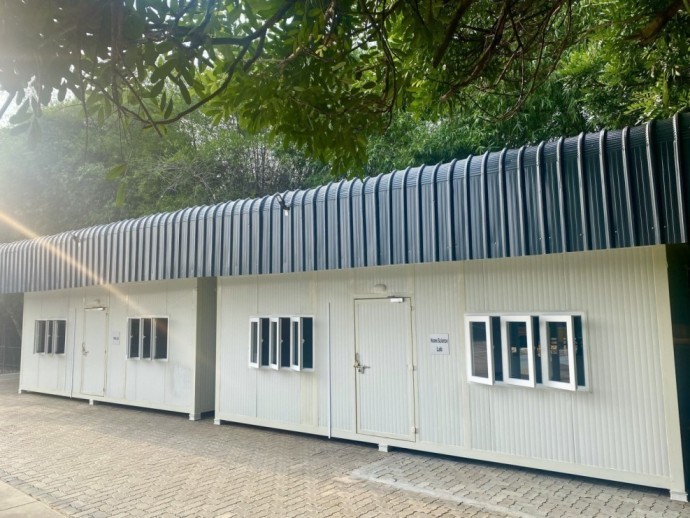

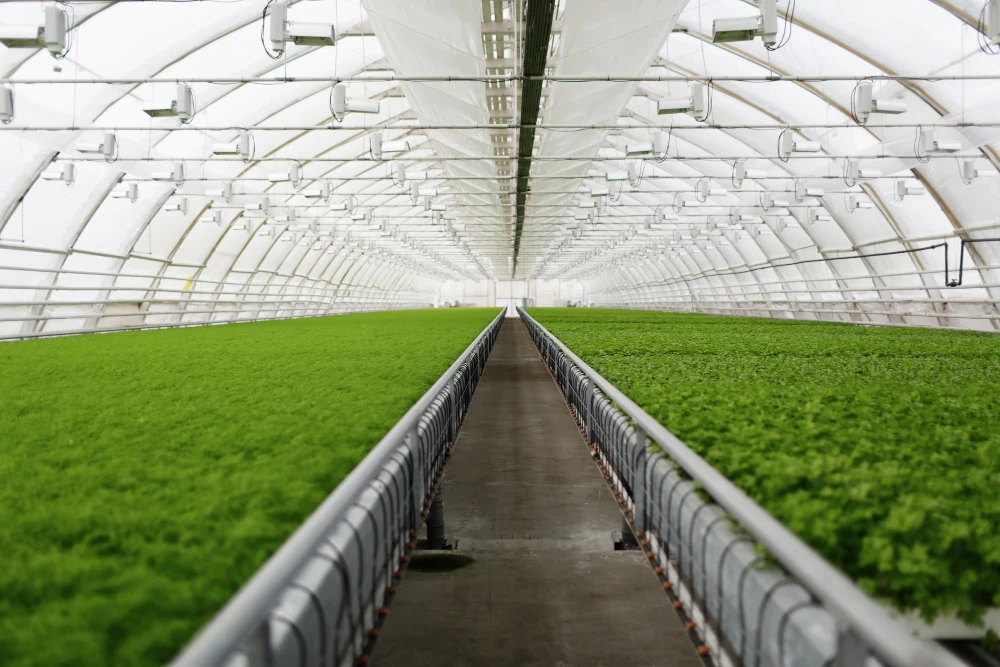
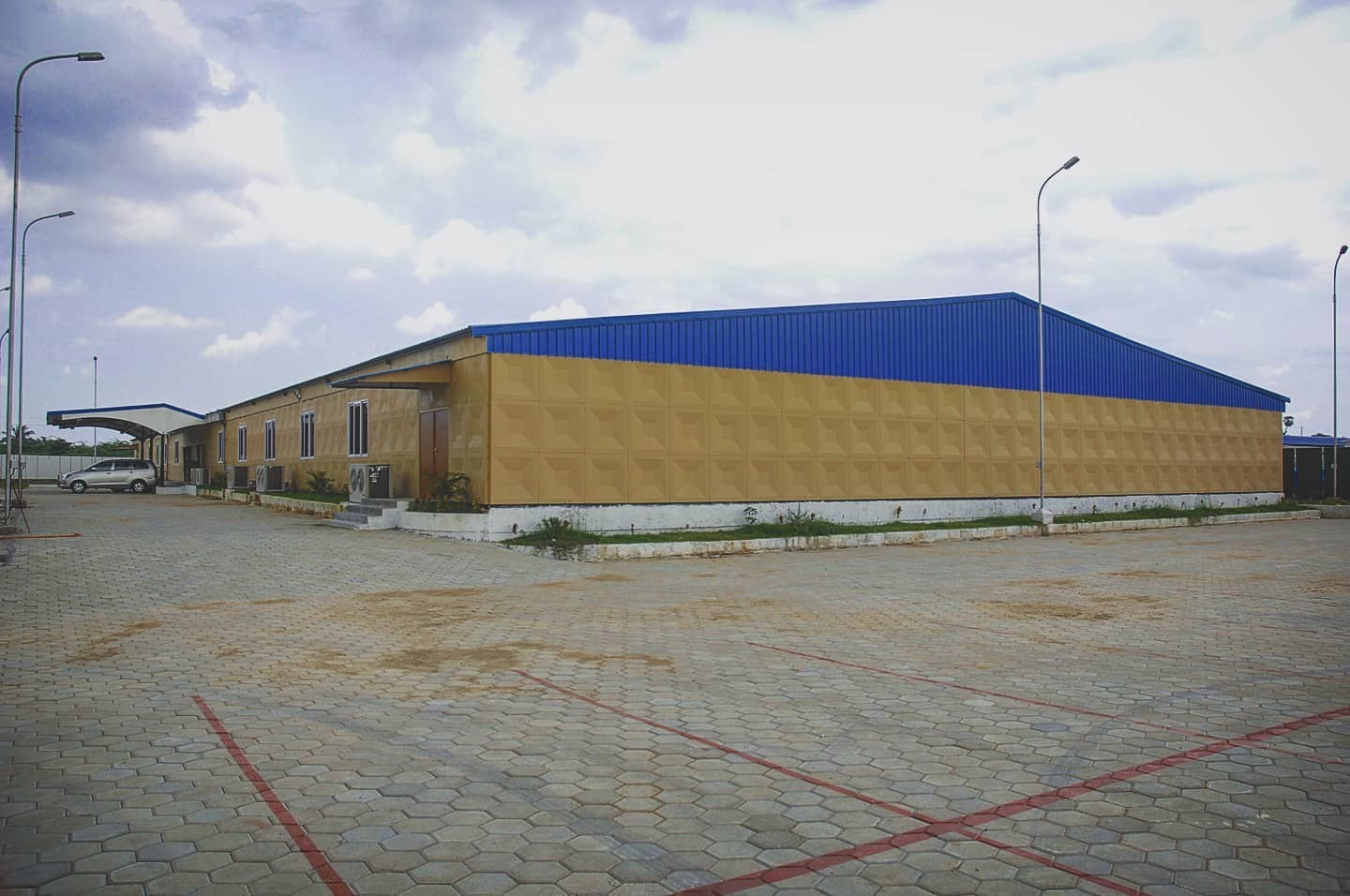
65cf65f046eed.webp)
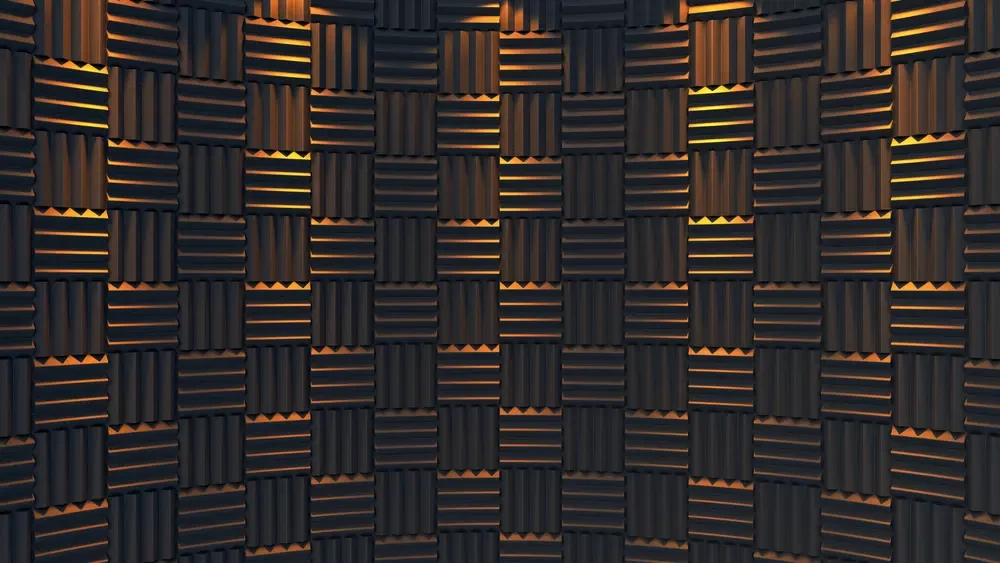
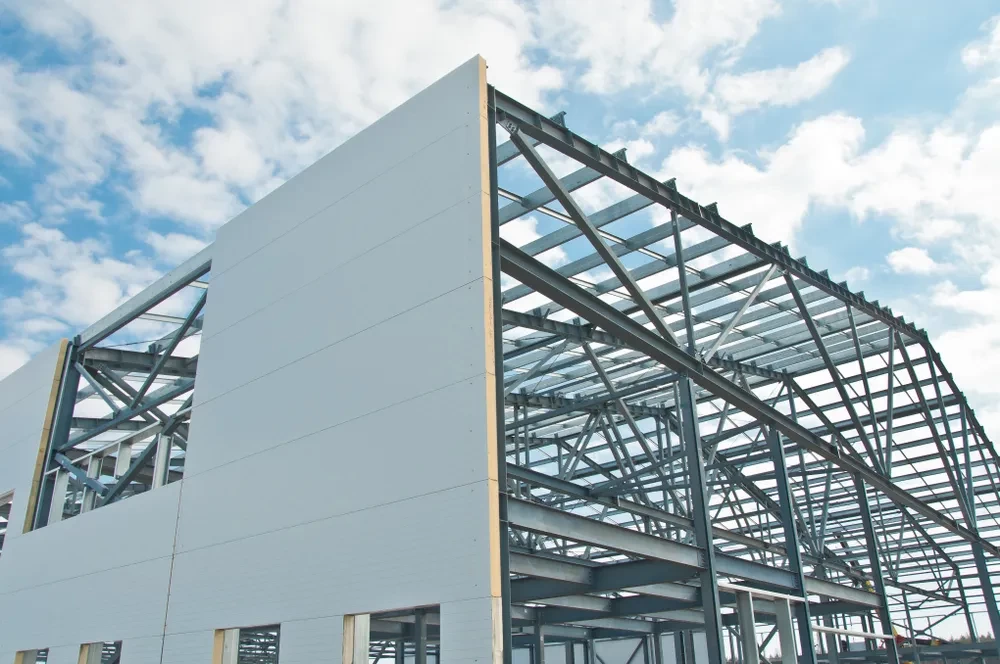
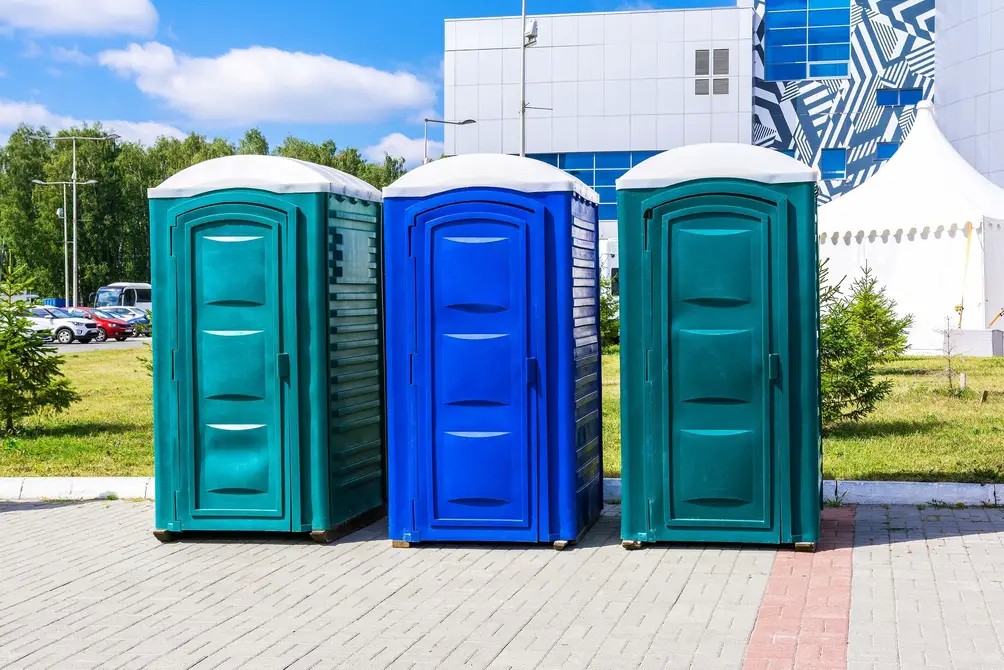
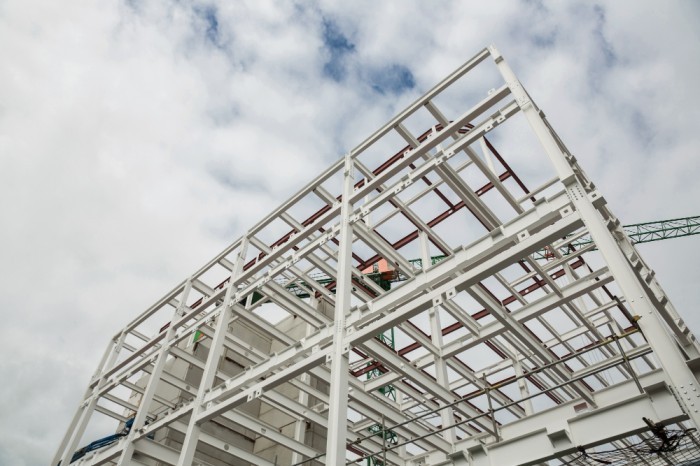
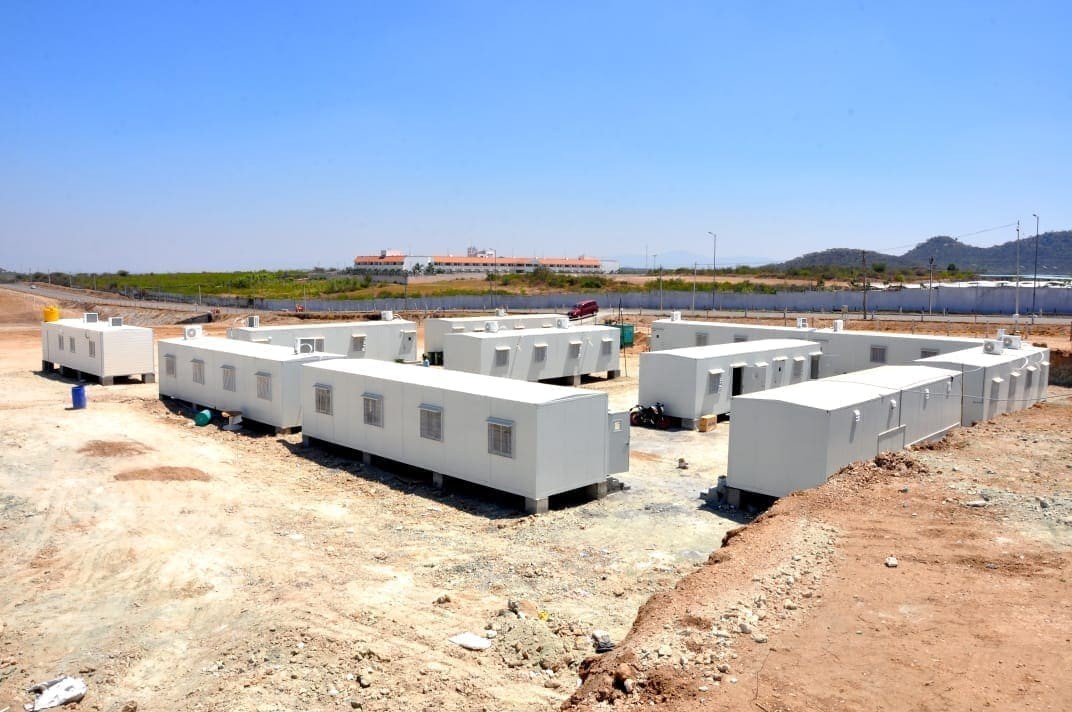
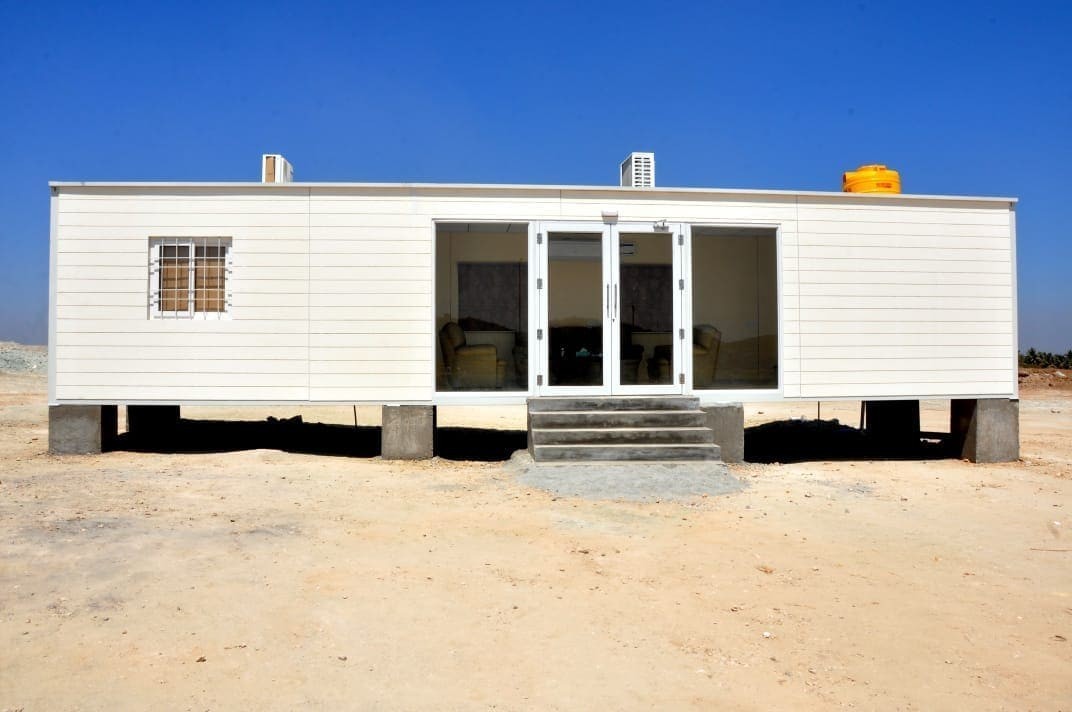
64afe3444467b.jpeg)
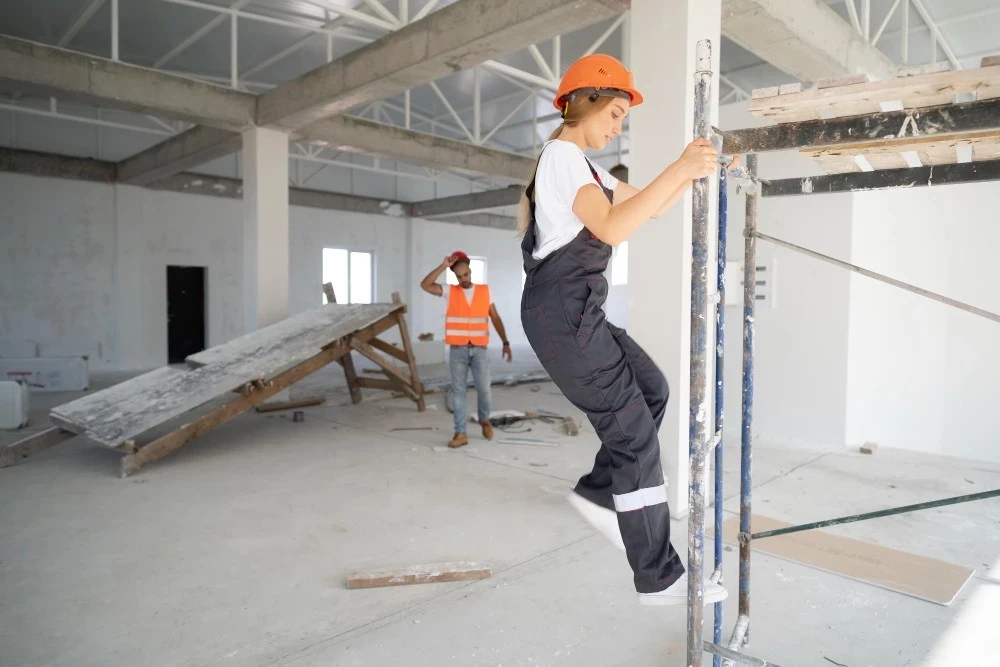
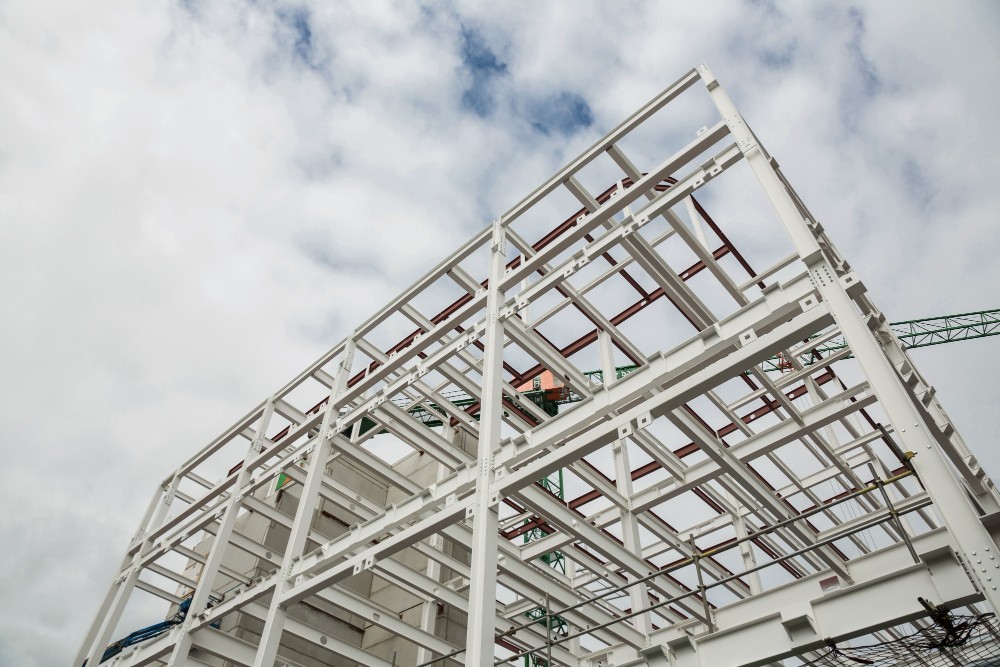
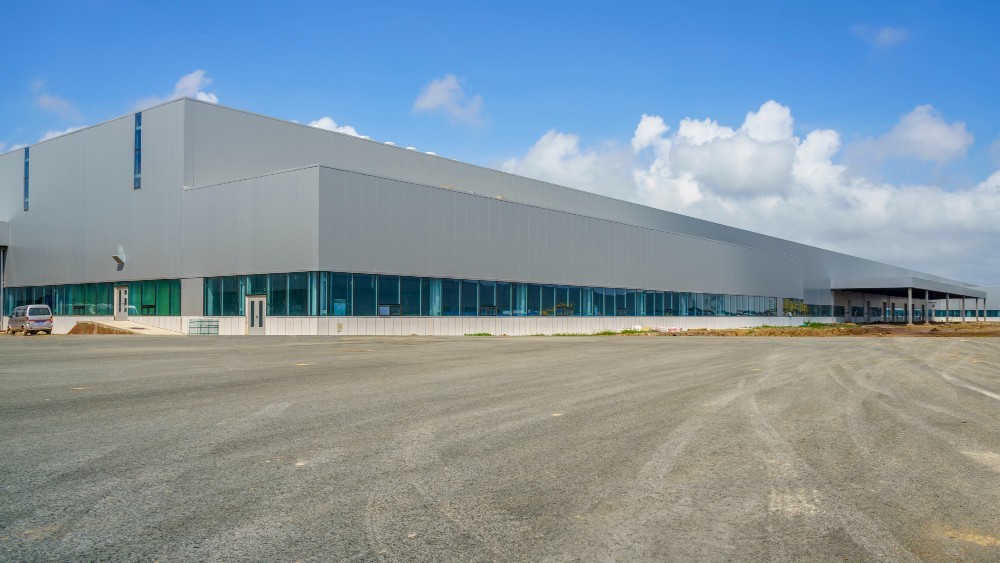
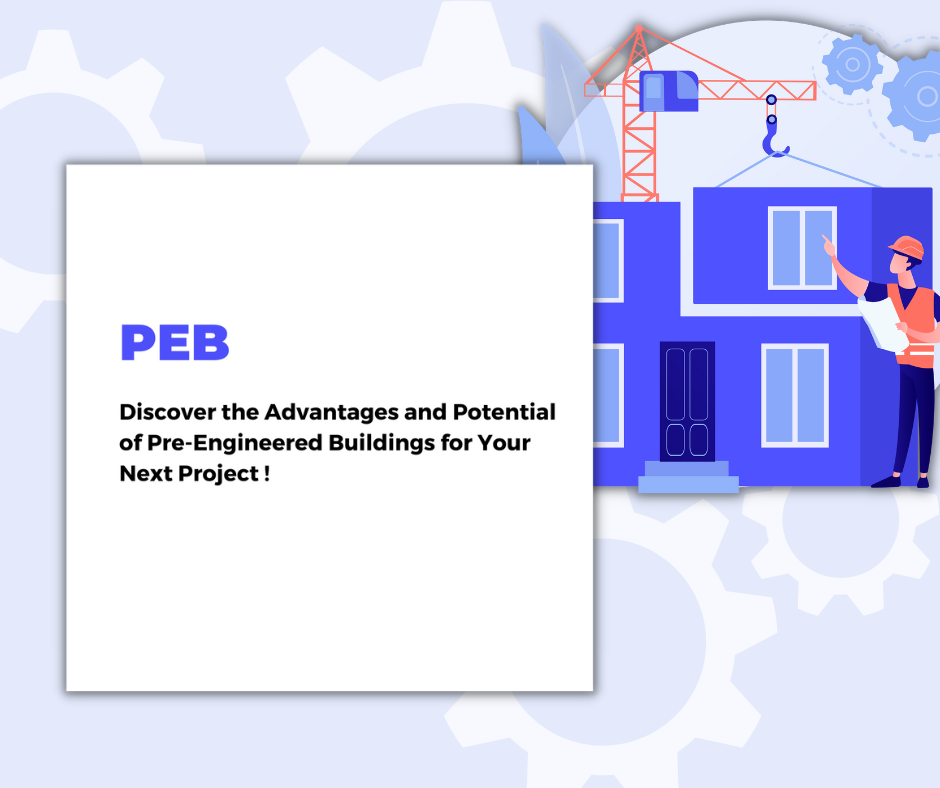
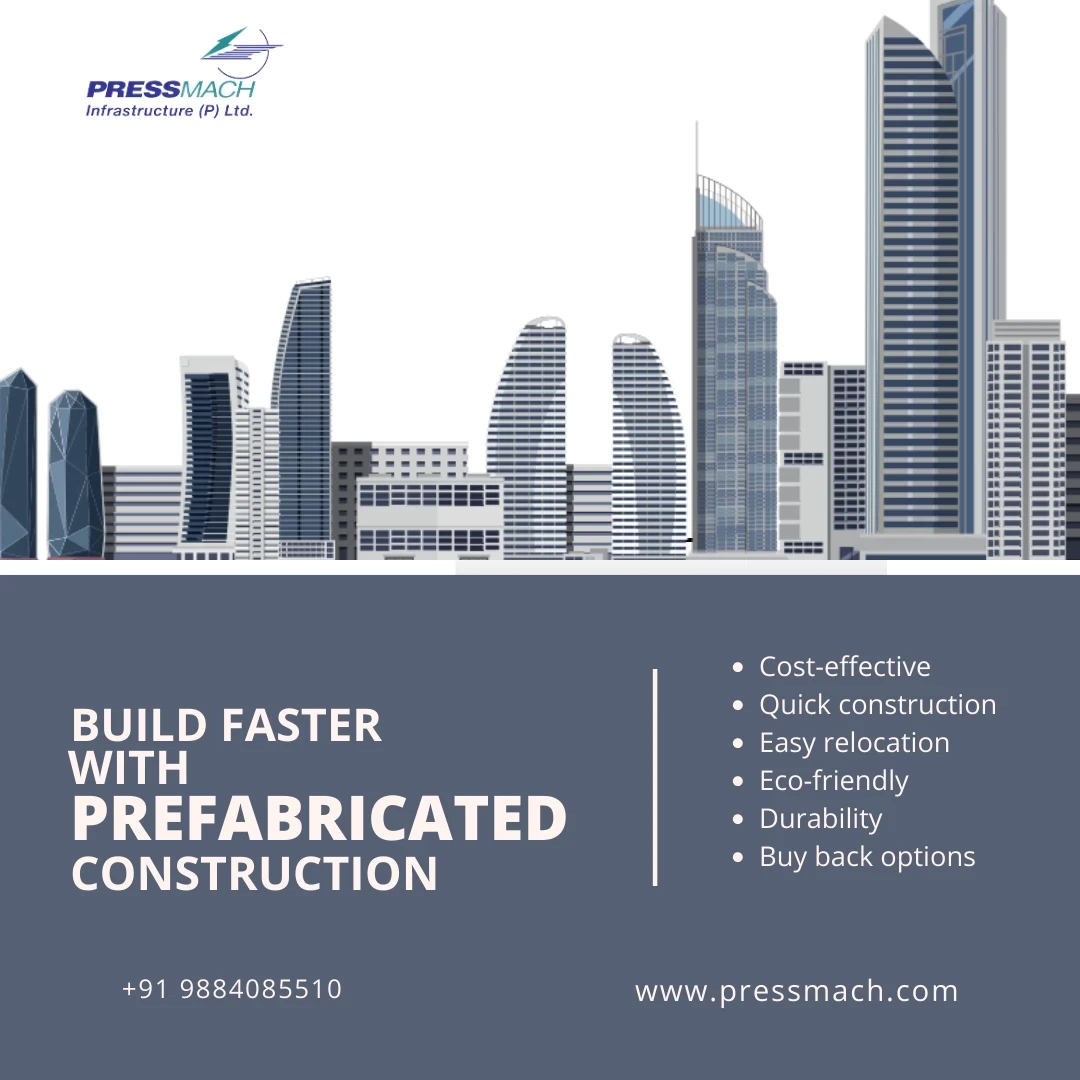
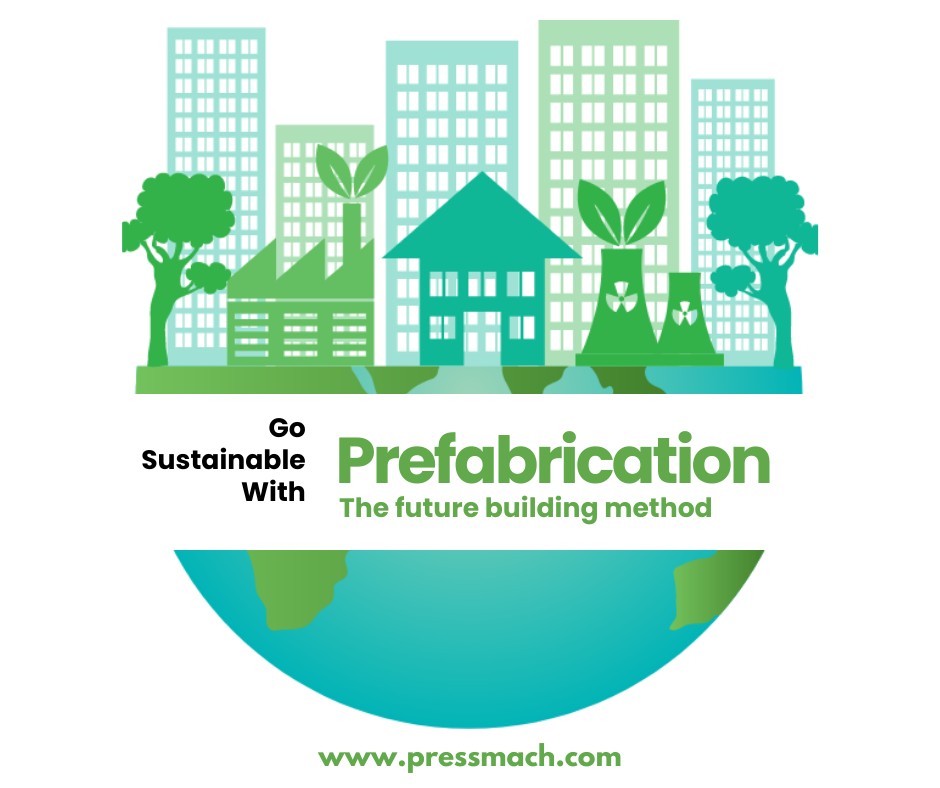
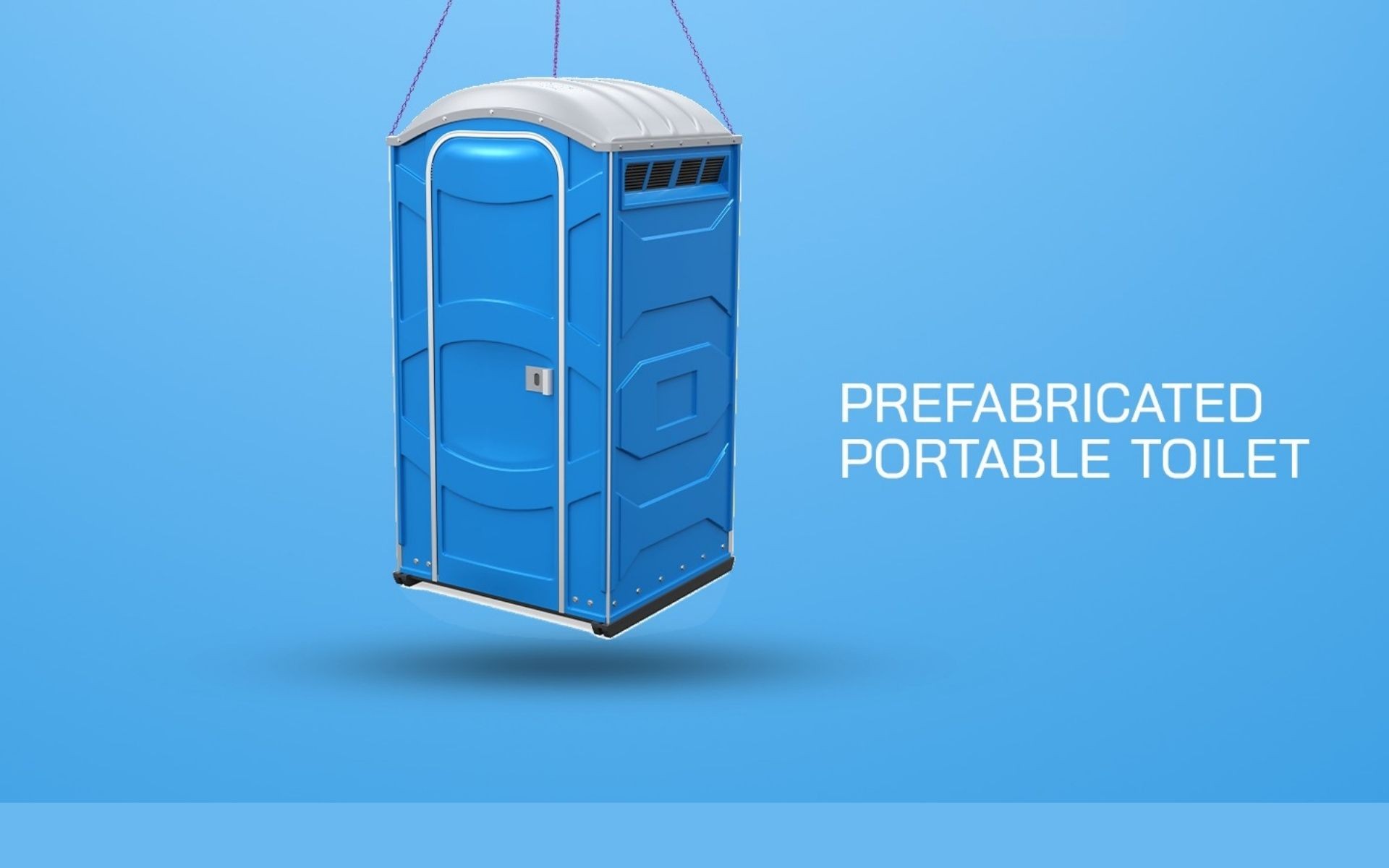

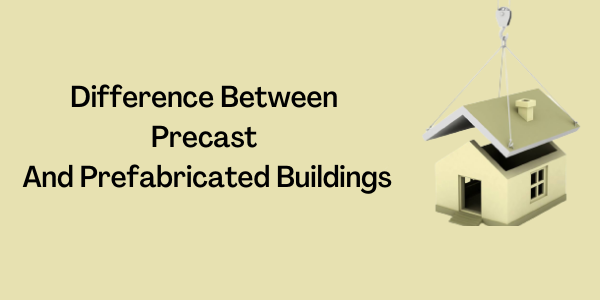
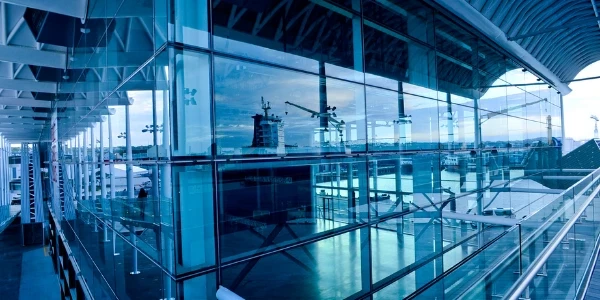

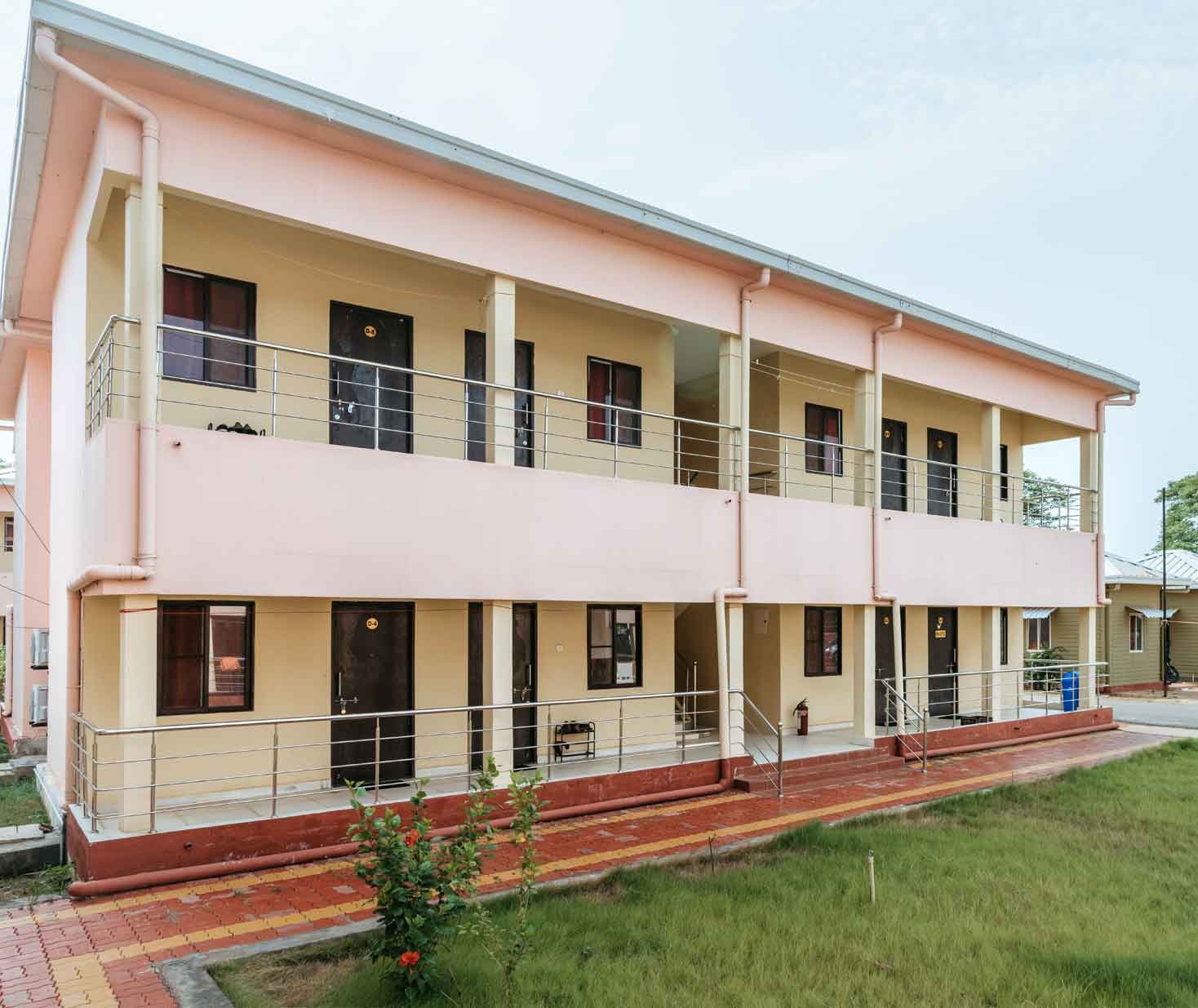
 site office front view622f00119ba65.jpg)

6349487807893.jpeg)